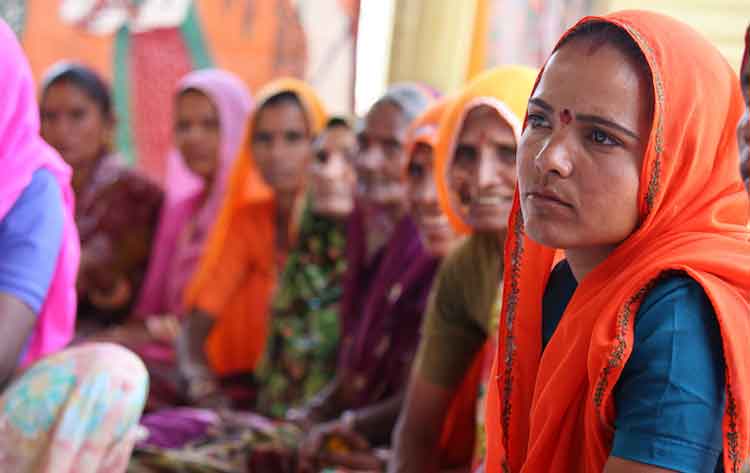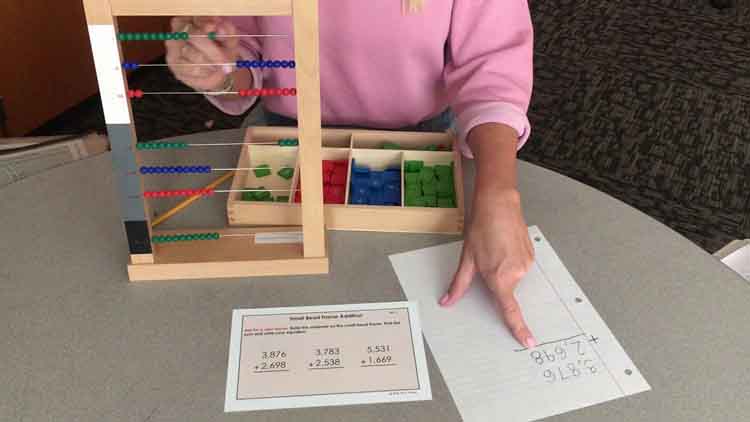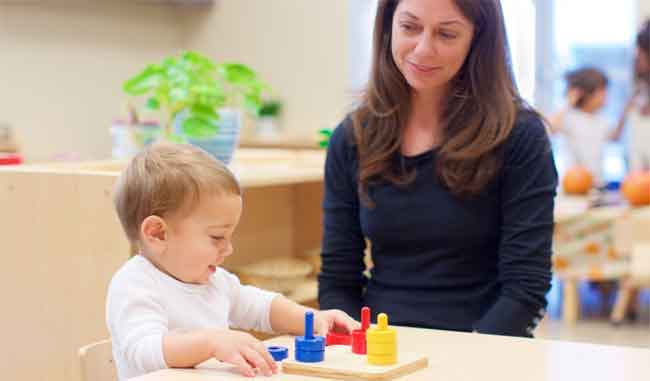Indian Society, which is largely male-dominated, for the position of women in society. Not only men, but even most women also internalize their position in society as a fair description of their status through the ages. These generalizations apply to some degree to practically every known society in the world.
In the ancient and medieval periods, women were largely connected only to the family and most of the other women that they met were primarily through family functions at times of marriages, deaths, etc. The educational experiments of the late 19th and early 20th centuries produced a new woman with interests that went beyond the household. For the first time in India now women began to communicate with women outside their families and local communities. On the one hand, was a small group of women who shared English as a common language. This made possible communication across language barriers. As a result of this various women’s organizations developed from the 19th century onwards.
Women in India
The status of women in India has undergone drastic changes over the past few millennia. In ancient times, Indian women were completely devoted to their families. In the Medieval period, known as the ‘Dark Age’, the status of women was declined considerably. They were not allowed to go out, and move with others. They were asked to stay at home and take care of their children. In India, the early marriage of a girl was practiced. After Independence women came forward in all the sectors and there are remarkable changes in the status of women in the field of education, Art, and Culture. A historical viewpoint to the complexities, India continues to face from time to time since Independence. But the status of women in contemporary India is a sort of inconsistency.
Women’s organization in India and their role
Women’s Organisations emerged in India as a result of the spread of education and the establishment of the notion of the new woman. There was an improved level of communication among women which made them aware of the different problems that they faced and their rights and accountabilities in society. This awareness led to the upsurge of women’s organizations that fought for and signified women’s causes.
A. Pre-Independence: An exclusive feature of the Indian women’s crusade is the fact that early efforts at women’s liberation were set in motion by men. Social reformers such as Raja Ram Mohan Roy, Maharishi Karve, and Swami Dayanand Saraswati challenged the conventional subservience of women, stimulated widow remarriage, and supported female education and impartiality in matters of religion, among other issues. Mahila mandals organized by Hindu reformist organizations such as the Arya Samaj and Brahmo Samaj encouraged women to go out of the boundaries of their homes and interact with other members of society. Pandita Ramabai, who was considered as one of the innovators of the feminist movement, with the help of Justice Ranade established the Arya Mahila Samaj in 1882. She envisioned creating a support network for newly educated women through weekly lectures and lessons at homes, where women could learn and gain confidence through interactions.
Women’s auxiliaries of general reform associations also served as a ground for women to deliberate social issues, express opinions, and share experiences. The Bharata Mahila Parishad of the National Social Conference was the most protruding among such opportunities. Though the National Social Conference was formed at the third meeting of the Indian National Congress in 1887, the Mahila Parishad was launched only in 1905.
These initiatives greatly influenced the social status of women. Early attempts at encouraging women to converse outside their families and local committees thus, stemmed from the broader social reform movement and efforts to upgrade the conditions of women.
But a major inadequacy of the movement at this juncture was that it was essentially exclusive in character. The reforms were planned for restricted upper-caste women and did not take up the cause of the huge masses of poor and working-class women. Also, male‐guided organizations still perceived the household as the woman’s first priority and did not make efforts to employ education as an instrument to improve their contribution to society.
At the beginning of the nineteenth century, there were concerted efforts towards the education of women. Schools and educational institutions promoting female public education mushroomed across the country.
The pre‐Independence period saw women’s issues related to the nationalist agenda at various junctures. In this period, a major enhancement of women was in terms of political participation of women, calling for a redefinition of conventional gender roles. Women began openly demonstrating their opposition to foreign control by supporting civil disobedience actions and other forms of protest against the British. Opportunities to organize and participate in agitations gave women much‐needed confidence and a chance to develop their leadership skills. Cutting across communal and religious barriers, women associated themselves with larger problems of society and opposed sectarian issues such as communal electorates. Political awareness among women grew, owing to a general understanding that women’s issues could not be separated from the political environment of the country. During this period, the initial women’s organizations formed within the historical background of the social reform movement and the nationalist movement were as follows.
- The Women’s India Association (WIA).
- National Council of Women in India (NCWI).
- The All India Women’s Conference (AIWC) in 1917, 1925, and 1927 correspondingly.
- Each of these organizations emphasized the importance of education in women’s progress.
- The WIA, created by Margaret Cousins in Madras, worked widely for the social and educational emancipation of women. Associated with the Theosophical Society, it encouraged non‐sectarian religious activity and did creditable work in promoting literacy, setting up shelters for widows, and providing relief for disaster victims.
- Women in Mumbai, Chennai, and Kolkata through networks developed during World War I work, allied their associations together, and created the NCWI in 1925. A national branch of the International Council of Women, its most prominent member was Mehribai Tata, who aggressively campaigned against inert charity and advised men to support female education.
- The most important of the women’s organizations of the time was the All India Women’s Conference. Though its initial efforts were directed towards improving female education, its scope later extended to include a host of women’s issues such as women’s franchise, inheritance rights.
Content Prepared By: Pratheek
Contact no: +91 98468 08283




